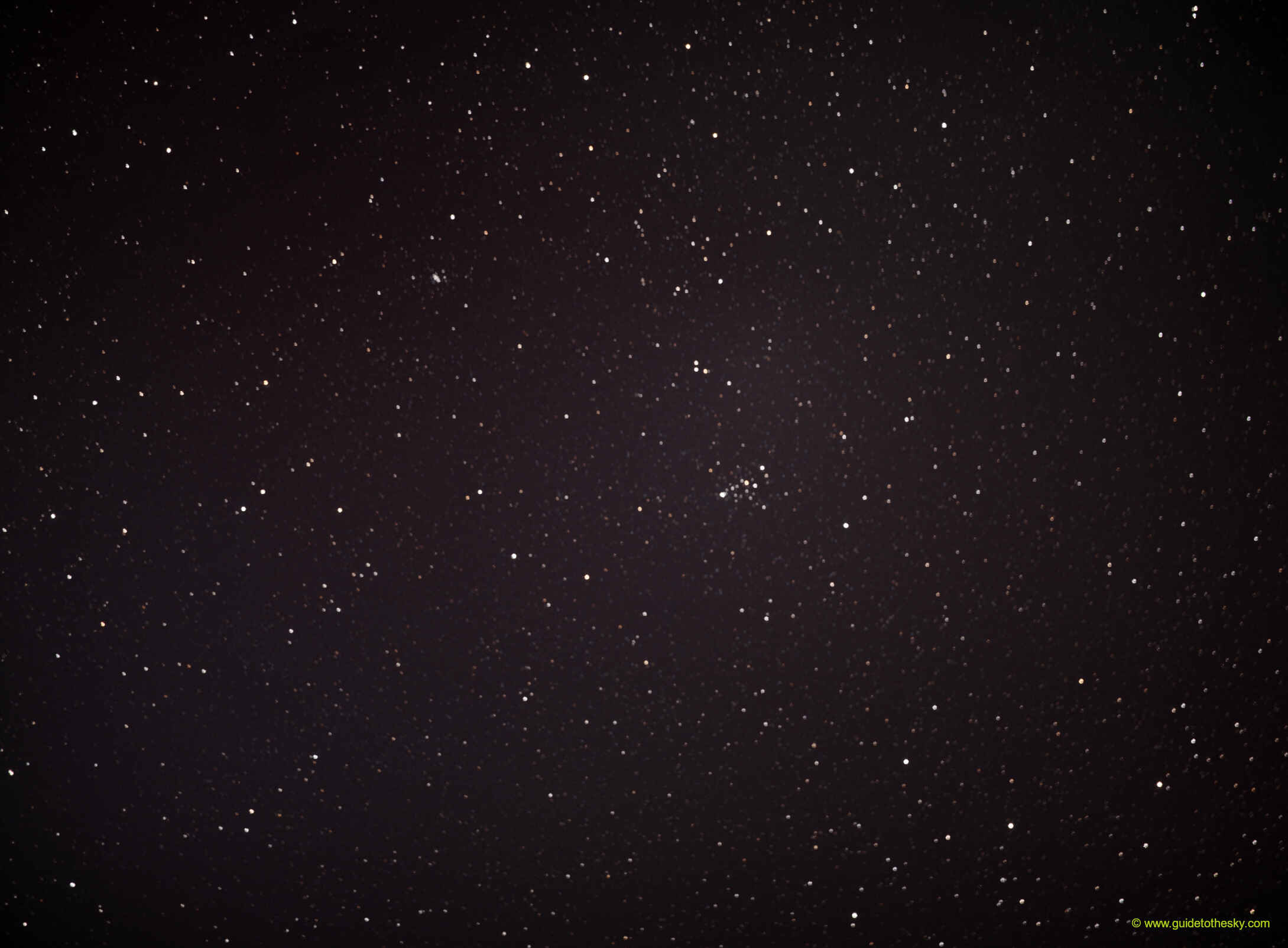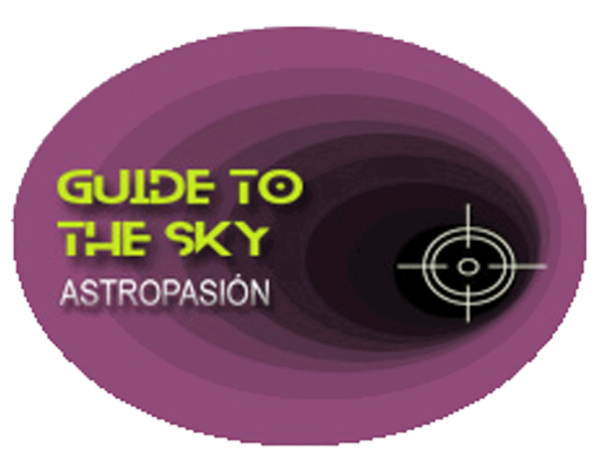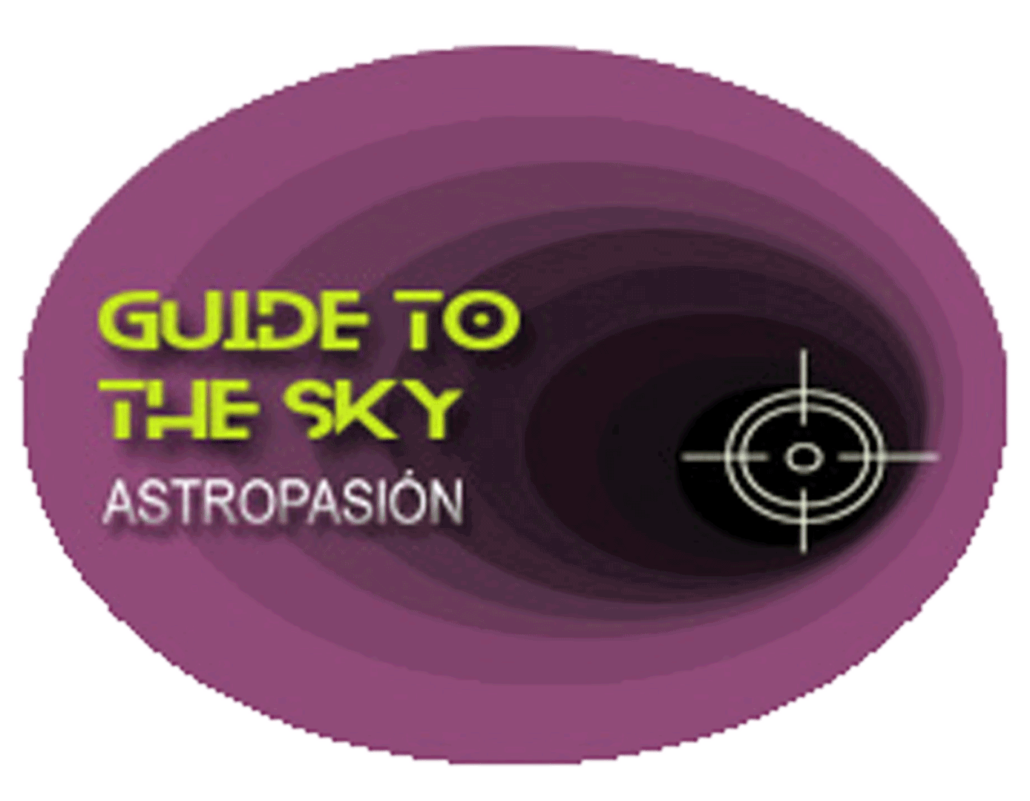Messier 103 - Cassiopeia

M103 es un bonito cúmulo en Cassiopeia que brilla a {{ object[0].M103.mesDistances[0].dist }} {{ object[0].M103.mesDistances[0].unit }} de distancia.
Hay que tener cuidado para no confundirse pues en Casiopea tenemos tamnbién a NGC 103 mucho más debil, cercano a la 10ª Magnitud, aunque no menos interesante que M103, ambos cúmulos son abiertos.
M103 es inconfundible por poseer una alineación de 3 estrellas de la 8ª Magnitud, de ellas, la central es es de un color rojo intenso, llamativa porque sus vecinas son azules o blancoazuladas.
Hay que tener cuidado para no confundirse pues en Casiopea tenemos tamnbién a NGC 103 mucho más debil, cercano a la 10ª Magnitud, aunque no menos interesante que M103, ambos cúmulos son abiertos.
M103 es inconfundible por poseer una alineación de 3 estrellas de la 8ª Magnitud, de ellas, la central es es de un color rojo intenso, llamativa porque sus vecinas son azules o blancoazuladas.
M103 - - en la IA
Messier 103 (M103, also known as NGC 581) is an open cluster in the constellation Cassiopeia. Here's a breakdown of what's known about it:
Key Facts:
- Type: Open Cluster
- Constellation: Cassiopeia
- Distance: Estimates vary, but generally around 8,000 to 9,500 light-years. A commonly cited figure is approximately 8,300 light-years.
- Diameter: About 15 light-years across.
- Age: Relatively young, estimated to be around 22 million years old.
- Apparent Magnitude: 7.0 (Fairly faint; generally needs binoculars or a small telescope to see well.)
- Number of Stars: Estimates also vary, but the cluster is thought to contain around 40-172 stars.
- Notable Stars: Contains a few bright, hot (blue-white) stars.
Observing M103:
- Location: M103 is located in the rich star fields of Cassiopeia, making it relatively easy to find near other Messier objects and bright stars. It's near the border with Perseus.
- Equipment: While theoretically visible to the naked eye under extremely dark skies, it's best viewed with binoculars or a telescope. Binoculars will reveal a faint, nebulous patch of light. Small telescopes will resolve some of the brighter stars. Larger telescopes will show more stars and detail.
- Best Time to View: Cassiopeia is circumpolar for many northern hemisphere observers, meaning it's visible year-round. However, it's highest in the sky during the autumn and winter months, offering the best viewing opportunities.
Significance:
- One of Messier's last objects: M103 was one of the last objects added to Charles Messier's catalog, suggesting it might have been a somewhat less distinct or "difficult" object for its time.
- Stellar Population Studies: Like other open clusters, M103 is a valuable target for studying stellar evolution, as its stars formed at roughly the same time and distance. Observing the properties of the stars in this cluster provides insights into how stars of different masses evolve.
In short, M103 is a moderately faint but interesting open cluster in Cassiopeia, best viewed with binoculars or a small telescope. Its relative youth and location in a rich star field make it a worthwhile target for amateur astronomers.
Más información sobre Messier 103 en NASA/IPAC.
Mapa alrededor de Messier 103
Otros identificadores de M103:
"C 0129+604" ,"M 103" ,"NGC 581" ,"OCISM 75" ,"OCl 326" ,"[KPR2004b] 18" ,"[KPS2012] MWSC 0124",

